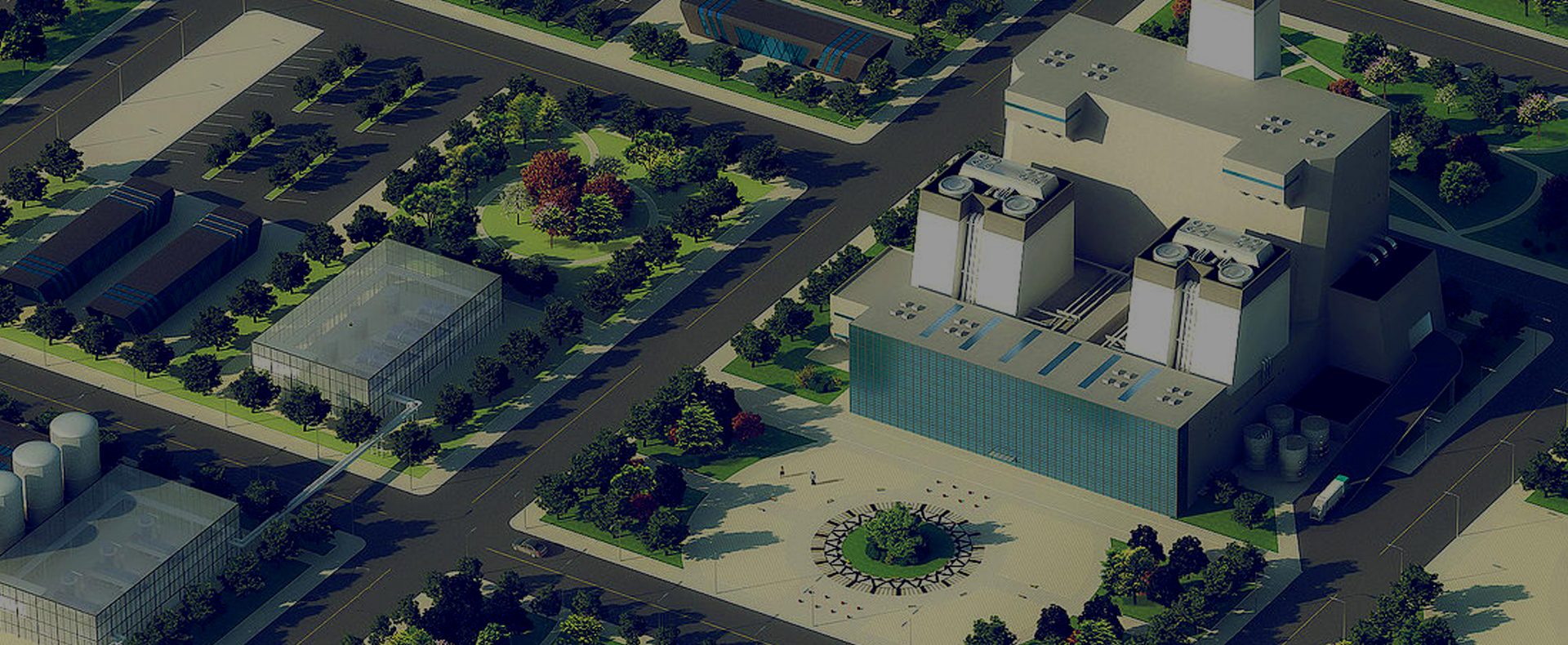

Business introduction
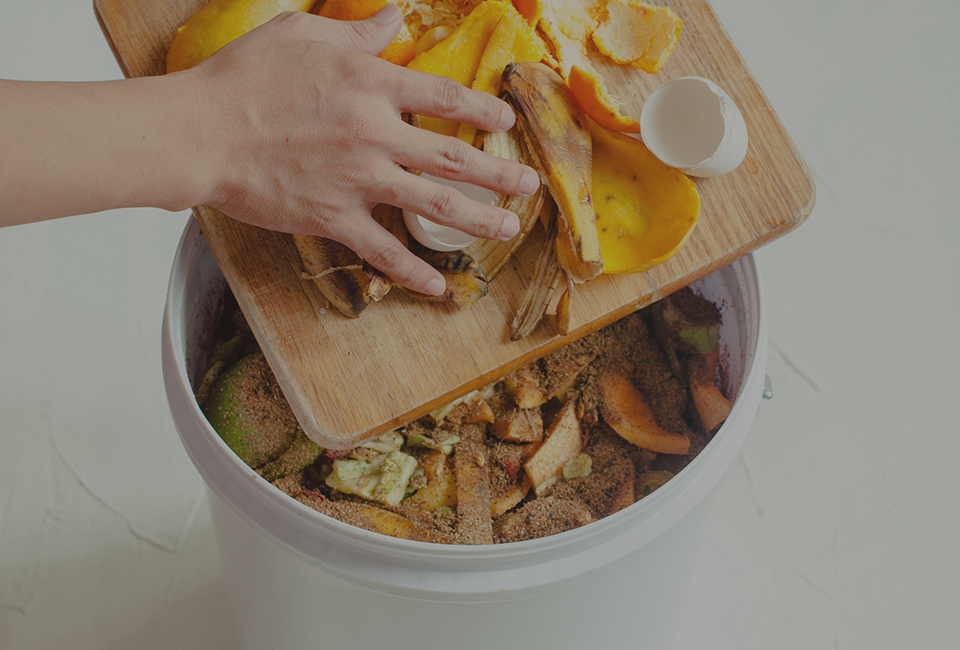
Kitchen waste, food processing waste, fecal residue, fruit and vegetable waste, etc
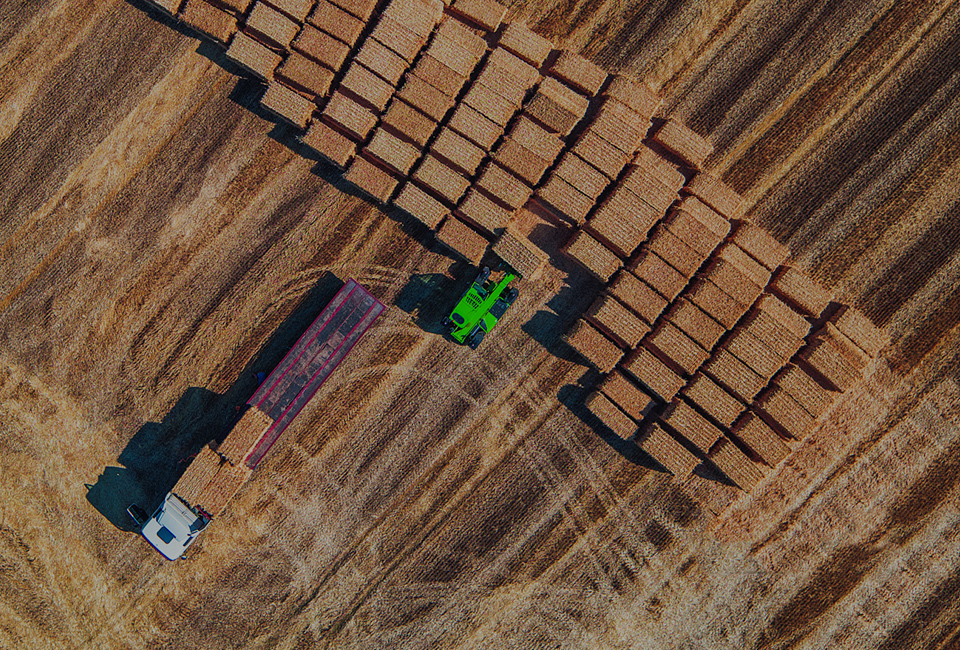
Agricultural straw, livestock manure, tail vegetables, etc
Core Technology
In 2006, the enterprise standard of organic waste biochemical processor was adopted as the industry standard of Biological processor for organic waste (CJ/T 227-2006).
In 2010, it was listed in the Catalogue of Environmental Protection Industrial Equipment (Products) Encouraged by the State for Development by the National Development and Reform Commission and the Ministry of Environmental Protection.
In 2011, it was listed in the Recommended Catalogue of Energy Saving and Low Carbon Technology Products in Beijing in 2011.
In 2012, BGB participated in the compilation of the industry standard of Technical code for food waste treatment (CJJ184-2012).
In 2012, the organic waste biochemical processor is recognized as a national key new product by MOST, MEE, MOFCOM and SAMR.
In 2015, it was listed in the Catalogue of National Key Low Carbon Technologies by NDRC.
In 2018, it will be included in the national key environmental protection practical technology.
In 2018, BGB participated in the compilation of Beijing local standards of Technical specification for soil carbon sequestration accounting from farmland (DB11/T 1562-2018).
In 2018, BGB participated in the compilation of Beijing local standards of Guidelines of the carbon emission reduction accounting for project on agricultural organic wastes(livestock manure)recycling (DB11/T 1561-2018).
In 2018, BGB participated in the compilation of the industry standard of Biological processor for organic waste (CJ/T 227-2018), replaced the CJ/T 227-2006.
In 2019, BGB participated in the compilation of the group standards of Technical specification for accounting for greenhouse gas emission reductions for food waste recycling projects (T/ZSA 62-2019).
In 2019, BGB participated in the compilation of the industry standard of Determination of bio-humic acid in fertilizers produced by food waste (HG/T 5603-2019).
In 2019, BGB participated in the compilation of Shanghai local standards of Technical requirements for resource utilization of the wet waste-Soil amendments made from kitchen organic waste (DB31/T 1199-2019).
In 2021, BGB participated in the compilation of the industry standard of Soil amendment and code of agricultural practice By using kitchen waste (NY 3935-2021).
In 2022, BGB is participating in the compilation of the industry standard of Technical code for kitchen waste treatment.In 2022, BGB is participating in the compilation of the industry standard of Standard for supervision on operation of kitchen waste tre
In 2022, the technology will be selected into the Shanghai Green Technology Catalog.
BGB-SCZ series Biological processor for organic waste is independently developed by BGB. That is patented products with exclusive intellectual property rights (patent number: ZL 2006 2 0124647.6), and is the core equipment of intelligent oxygen controlled rapid fermentation technology of composite microorganisms.
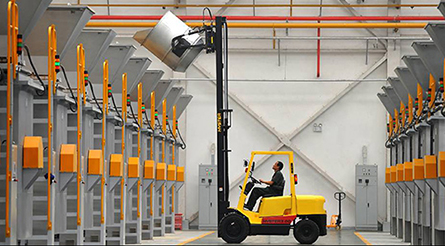
Available energy forms: natural gas, coal gas, landfill gas, biogas.
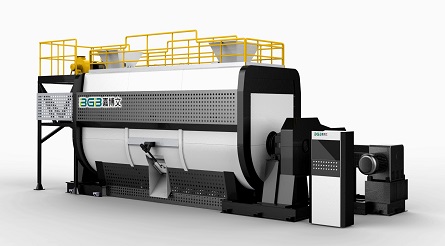
Available energy forms: boiler steam, incineration tail gas, other high-temperature gases with available heat energy.
Biohumic acid transforming agent is a complex microbial flora composed of a variety of Bacillus. The Institute of Microbiology of the Chinese Academy of Sciences(IMCAS), the national authoritative microbiological testing agency, showed that the strains were safe from classification and identification, genetic stability, drug resistance stability, impact on human and environment, etc. At the same time, through the Ministry of Agriculture veterinary drug safety supervision and inspection test shows that this product is the actual import of non-toxic, safe and reliable strains.


“Bioaugmentation humification technology & High-pressure aeration static oxygen controlled fermentation technologyIntelligent high-temperature aerobic fermentation tank drum reactor
Construction mode
As the supplier of process equipment and technology, BGB is responsible for the design of the whole process technology, equipment production, installation, commissioning and completion acceptance of the project, and the official operation is operated by the government itself.
As an entrusted operator, BGB can provide operation services for projects of various process types, such as Kitchen Waste Resource Utilization and Harmlessness Projects in Wulumuqi
Subsystem equipment suppliers include BOT, BOO, BT, etc, such as Kitchen Waste Harmlessness Projects in downtown Chengdu and in Guangzhou.
Organic waste aerobic fermentation and product deep processing system, Organic waste pretreatment system, Deodorization system, Oil-water separation system.
Solution



Production facilities include kitchen waste comprehensive treatment workshop, anaerobic digestion system, sewage treatment system, process waste gas treatment, and supporting production and living auxiliary facilities to realize harmless treatment and resource utilization of kitchen waste. Specific process description: Food waste → Pretreatment → Crushing and pulping → Damp heat and oil-water separation system, Solid phase aerobic fermentation and liquid phase anaerobic fermentation → auxiliary system. The whole process is closed and automatic, so as to scientifically and rationally realize the harmless, reduced and resourceful treatment of kitchen waste.

With the innovative idea of "aerobic+anaerobic" collaborative treatment of kitchen waste, the organic matter is divided and used in different grades. The conversion rate of organic matter is more than 75%, and the reduction rate and recycling rate of solid waste are more than 80%. It is a good recycling solution in the industry at present.
Compared with other processes, this technology has the following significant advantages:
1. Match with the collection and transportation rhythm, and the waste will be dispose immediately when it arrive.
The parallel connection mode of large oxygen control biochemical treatment equipment is adopted, and the single treatment unit is matched with the collection and transportation vehicle, which means that it can be immediately arrived, immediately disposed and cleared, without stagnation in the unloading area, and the environment is excellent.
2. Classification of organic matter to achieve full utilization
The organic matter is classified and used in different grades. The relatively active and water-soluble organic matter is anaerobic fermented to form biogas, which is used as energy for aerobic fermentation of inert organic matter to maximize the value of resources and increase the project income.
3. High reduction level, supporting waste classification
Benefited from refuse classification, the residue rate of the project is stable between 13-18%, and the reduction rate is about 85%, both at a high level in China, providing necessary terminal disposal support for the "new fashion" of refuse classification.
4. Serve soil improvement and promote carbon reduction and fixation
The resource-based products have been applied to soil improvement and construction of high standard farmland, playing the role of fertilizer and water conservation, quality improvement and efficiency enhancement, promoting agricultural supply side reform and poverty alleviation, and have dual effects of emission reduction and carbon sequestration.
5. Practice promotes standards and standardizes industry development
Taking the project resource product standard as the indicator, the agricultural department was assisted to issue the kitchen waste agricultural product standard, which changed the "theory of the bloodline" of kitchen waste products and standardized them into the correct channel of the standard theory.
Station
Beijing Olympic Games
Guangzhou Asian Games
Nanjing Youth Olympic Games
Beijing Winter Olympic Games
Project Case
Telephone consultation
+8610-82899065/66
Follow us on WeChat

Back to top